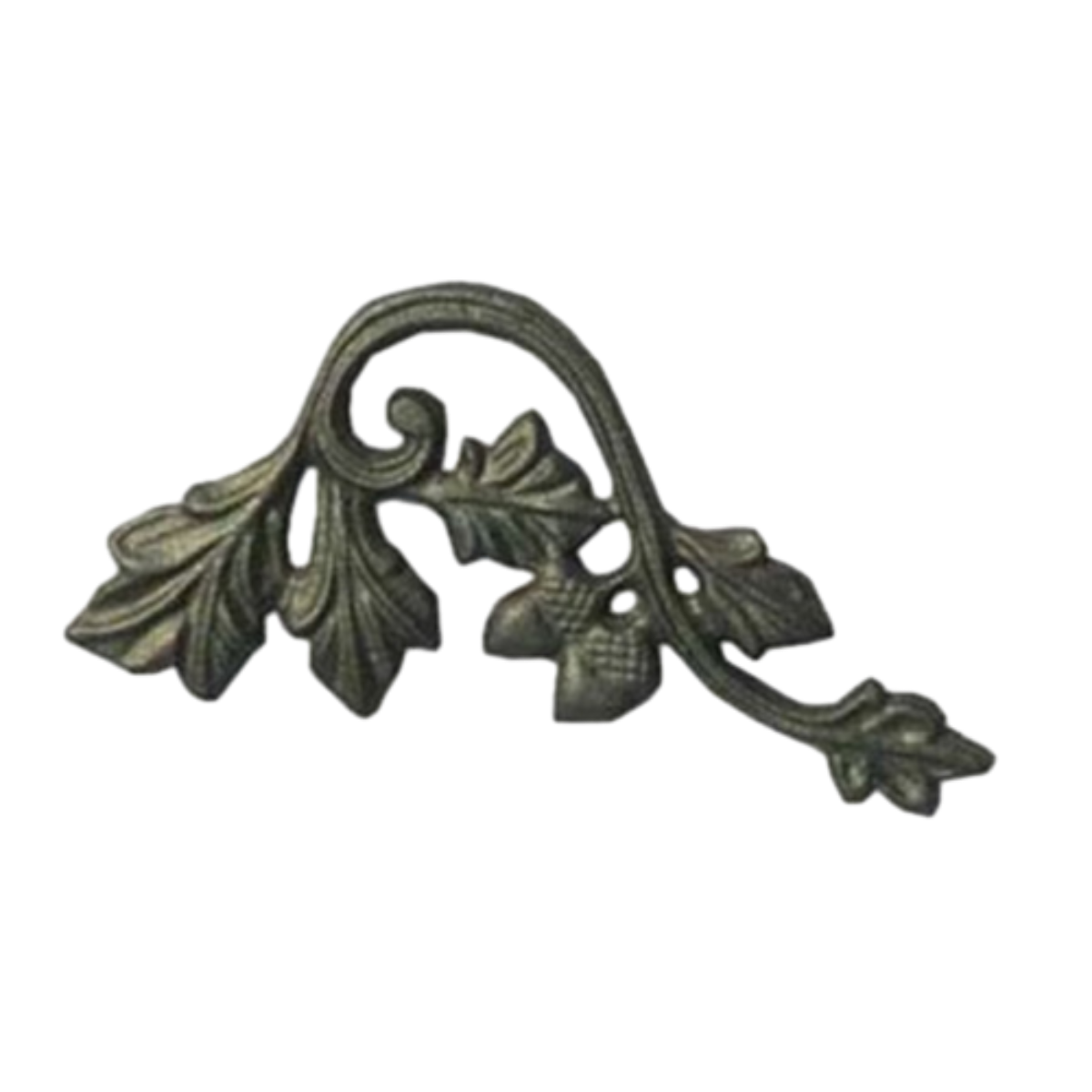Understanding Rust Formation on Wrought Iron Surfaces and Its Prevention Methods
Rust on Wrought Iron Understanding the Causes and Prevention
Wrought iron, known for its strength, malleability, and aesthetic appeal, has long been a favored material in construction, landscaping, and decorative designs. However, one of the significant challenges of maintaining wrought iron is its susceptibility to rusting. Rust, or iron oxide, forms when iron reacts with moisture and oxygen in the environment, leading to deterioration that can compromise the integrity and appearance of wrought iron structures. Understanding the causes of rust and effective prevention methods is essential for preserving wrought iron's beauty and functionality.
The Causes of Rust on Wrought Iron
Rust formation typically begins when the protective oxide layer on the iron surface is compromised. Various factors contribute to the onset of rust, including
1. Moisture Exposure Water is a primary catalyst for rusting. When wrought iron is exposed to rain, humidity, or even dirt that holds moisture, the likelihood of rust formation increases significantly.
2. Oxygen The presence of oxygen is vital for the oxidation process. In environments with high humidity or salinity, such as coastal areas, the reaction between iron and oxygen accelerates, leading to faster rust development.
3. Mechanical Damage Scratches, abrasions, or other forms of damage to the surface can expose the underlying iron to moisture and oxygen, creating optimal conditions for rust to develop.
4. Environmental Factors Industrial emissions, pollutants, and chemicals can also contribute to the corrosion of wrought iron. For instance, salt from de-icing agents used in winter can significantly accelerate rusting.
5. Poor Coating Integrity Many wrought iron structures are coated with paint or a protective finish to deter rust. However, if this coating deteriorates, peels, or cracks, it leaves the iron vulnerable to rust.
Preventive Measures
rust on wrought iron

While rust formation on wrought iron is a natural process, there are several measures that can be implemented to prevent or minimize its occurrence
1. Regular Maintenance Routine inspections of wrought iron structures for signs of rust or wear are critical. Early detection allows for timely repairs and a better chance of preventing extensive damage.
2. Protective Coatings Applying high-quality paints or protective sealants can form a barrier between the metal and environmental elements. It is essential to select coatings designed specifically for wrought iron and to reapply them as needed to maintain their efficacy.
3. Galvanization Galvanizing involves coating wrought iron with a layer of zinc, which serves as a protective barrier against moisture and corrosion. This method is particularly effective in regions prone to wet conditions.
4. Maintenance of Surroundings Keeping the area around wrought iron clean and well-drained can help limit exposure to moisture. For instance, ensuring that gardens or landscapes are adequately tended can prevent soil and debris accumulation that retains moisture against the iron.
5. Use of Rust Inhibitors Specialized rust inhibitors can be applied to protect wrought iron from corrosion. These chemical agents work by forming a protective film over the metal to block moisture and oxygen.
6. Environmental Control In indoor settings, keeping humidity levels low can substantially reduce the likelihood of rust formation. Dehumidifiers or ventilation can help maintain a stable environment.
Conclusion
Rust on wrought iron remains a significant concern for homeowners, builders, and designers. However, by understanding the causes and implementing effective prevention strategies, the life and beauty of wrought iron structures can be preserved. Regular maintenance, protective coatings, and proper environmental considerations are essential components of a comprehensive approach to keeping wrought iron free from rust. In doing so, we not only maintain the integrity of these timeless materials but also contribute to the aesthetic and historical value that wrought iron embodies in our surroundings.
-
Window Lock Handle for Security UpgradesNewsJun.20,2025
-
Proper Lubrication Techniques for Sliding Gate WheelsNewsJun.20,2025
-
Ornamental Iron Castings for Interior DesignNewsJun.20,2025
-
Creative Ways to Decorate Around a Cast Iron FireplaceNewsJun.20,2025
-
Cast Iron Pipe and Fitting for Plumbing SystemsNewsJun.20,2025
-
Cast Iron Panel Casting for Architectural ElementsNewsJun.20,2025















